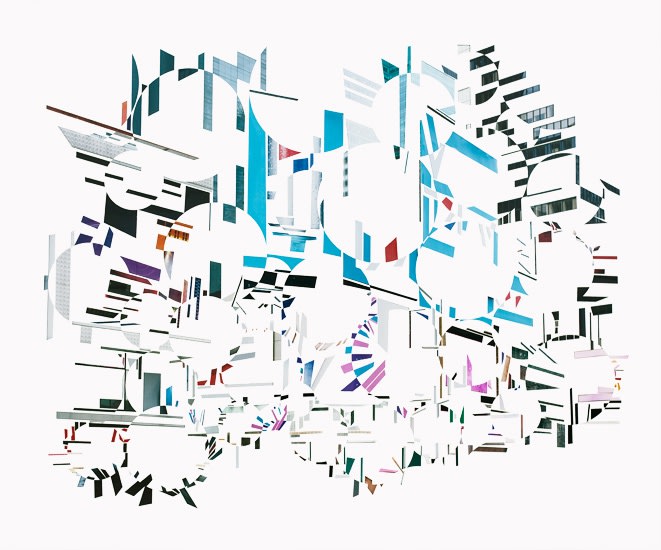In the history of modern art the greatest proliferation of artist's writings was during the advent of abstract art. The reason for this is simple. The new art was so radically unlike any expressive form known until then that it became a matter of urgency to give it an identity of its own and to explain the solid theoretical structure behind the apparent jumble of shapes and colours.
A strong indication of how abstraction could be connected to reality was provided by Piet Mondrian when he moved to the United States at the beginning of the 40s and painted, Broadway Boogie Woogie (1942), a stylised portrait of New York infused by his love of Jazz.
It''s hardly surprising that Richard Galpin's first steps into the art world would happen through theory. In his dissertation Erasure in Art (2), he demonstrates how the partial removal of an object can add something to the way it's perceived. This is a principle that finds its most illustrious examples in ancient Greek sculpture, and which has subsequently generated a flood of theories about the subconscious meaning of erasing and the fact that, paradoxically, destruction often generates conservation.

